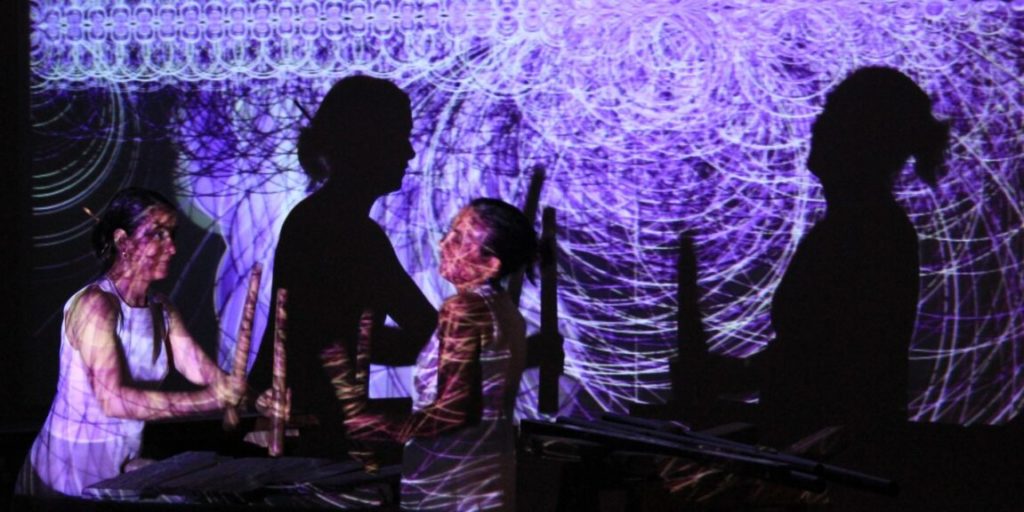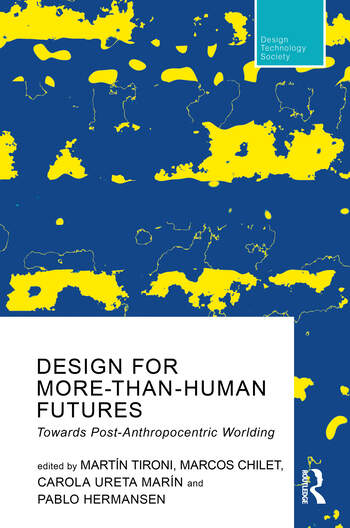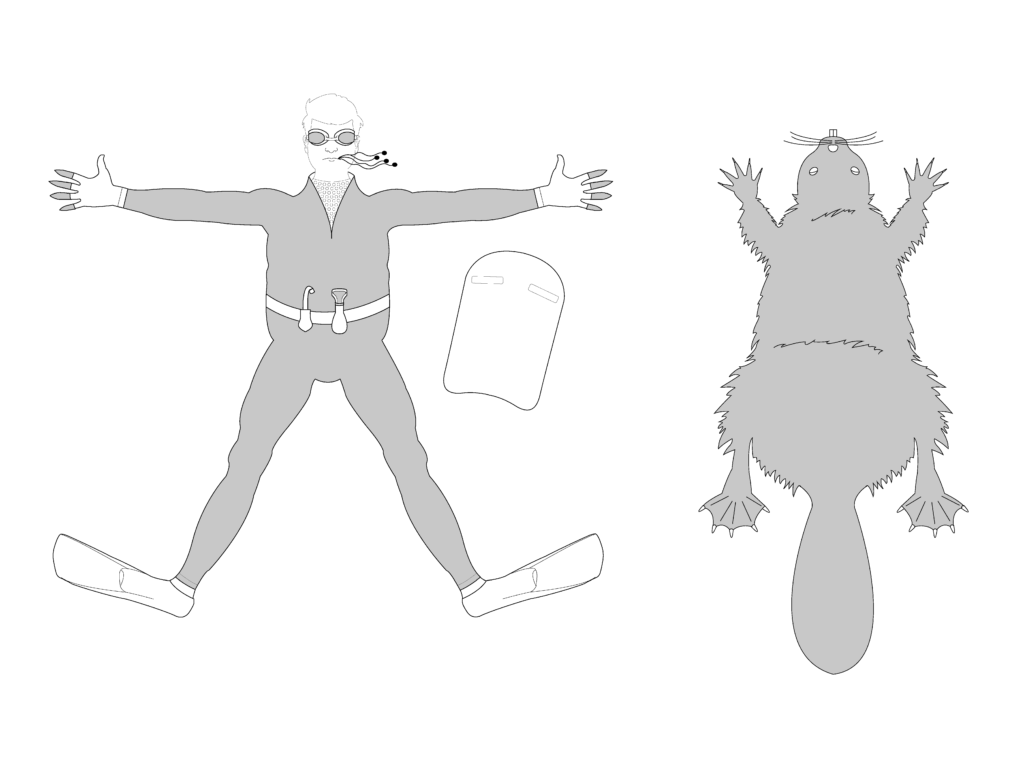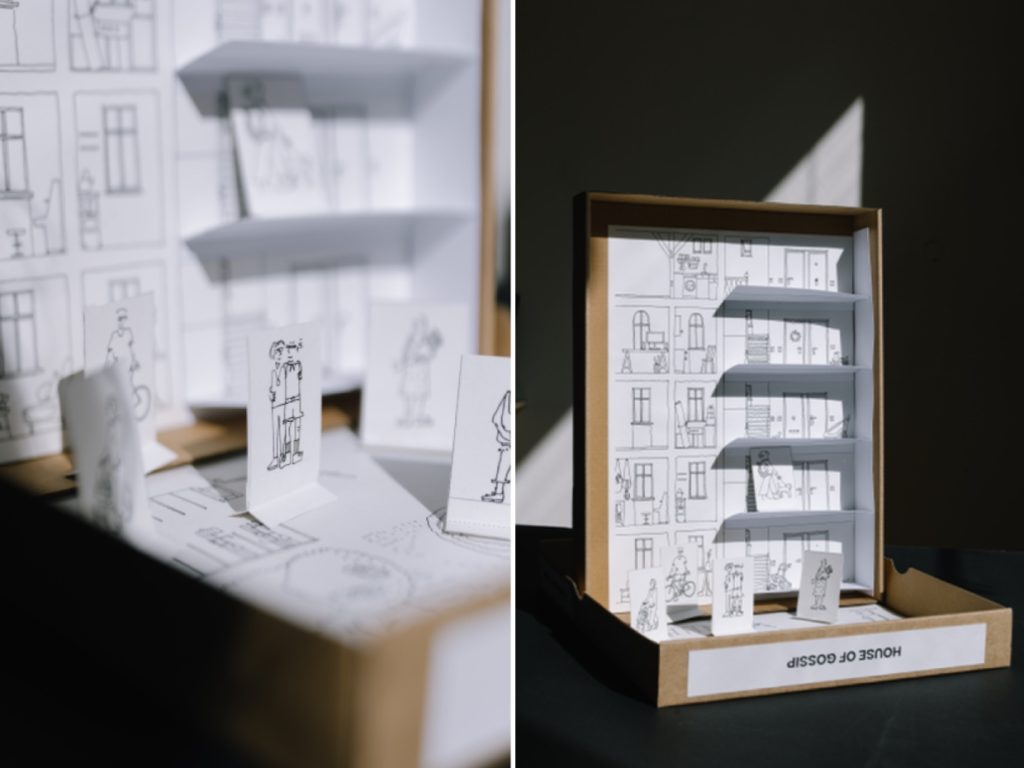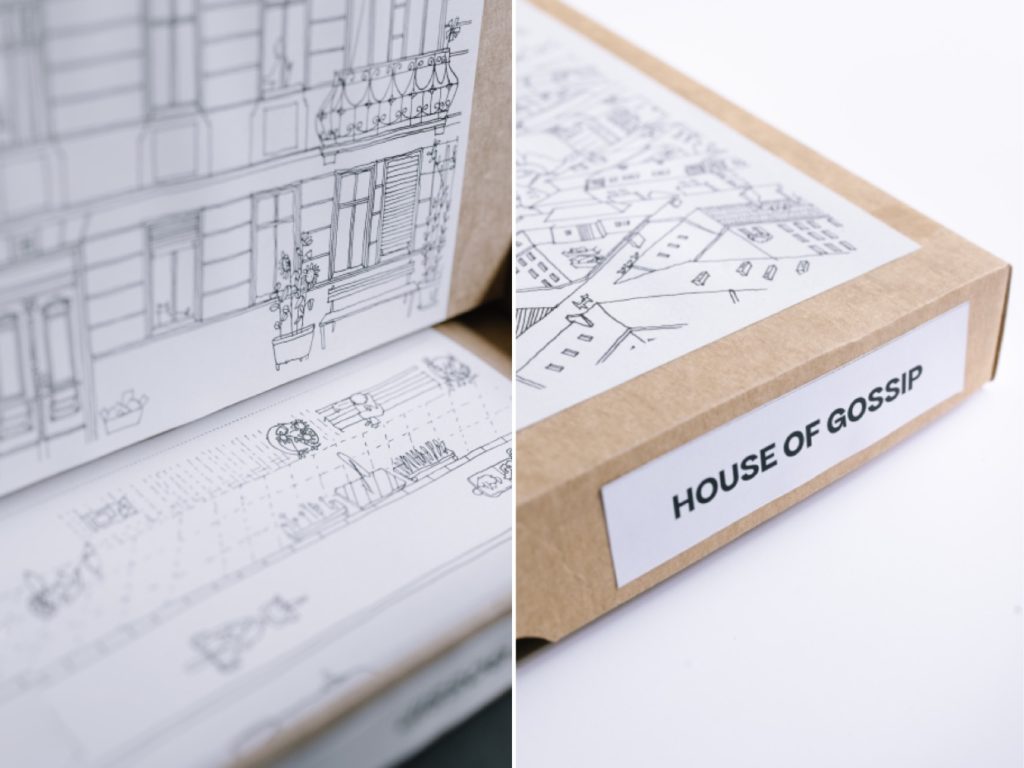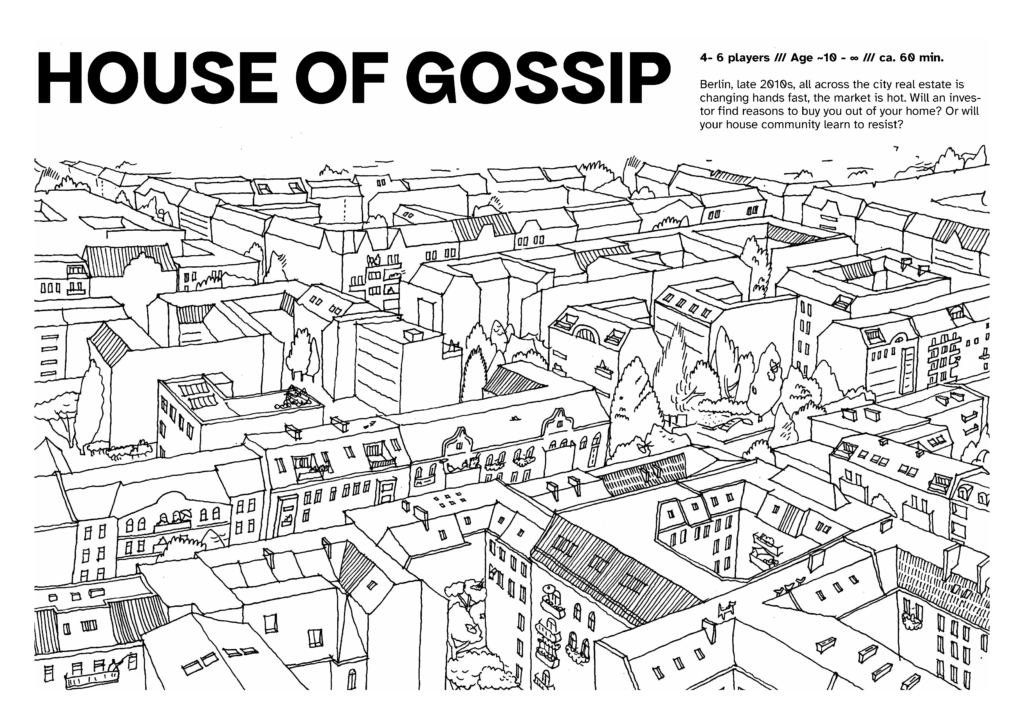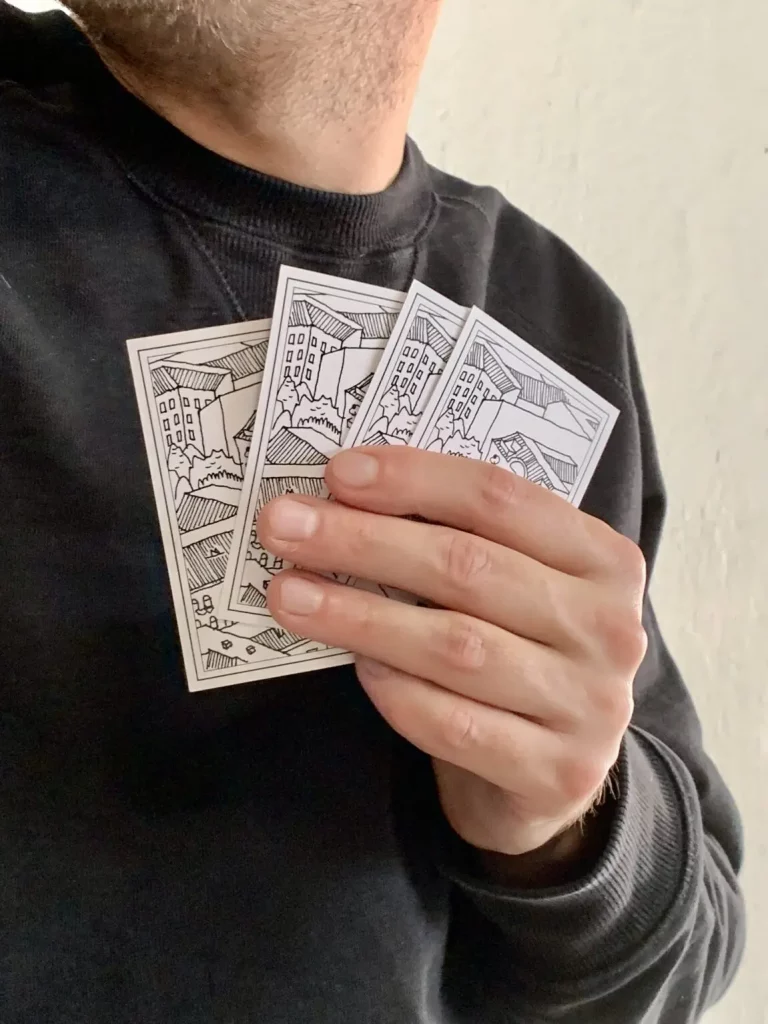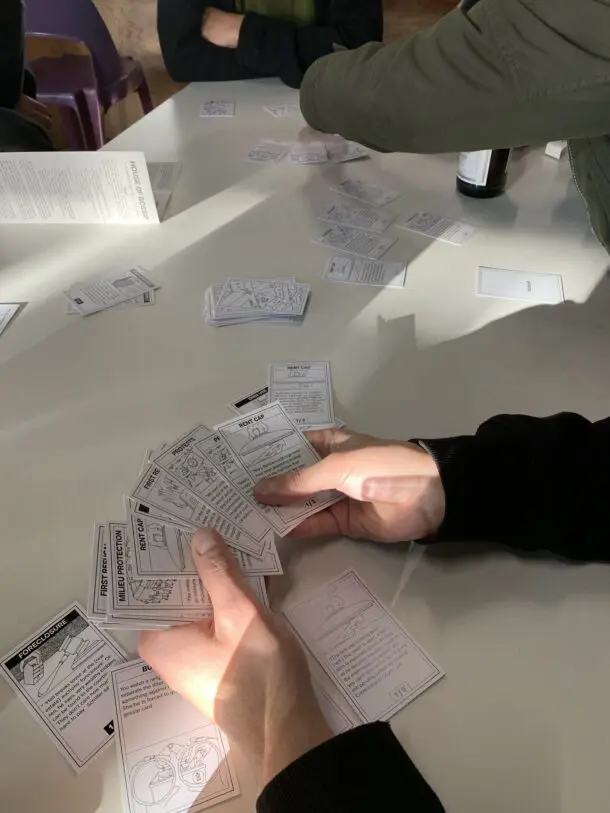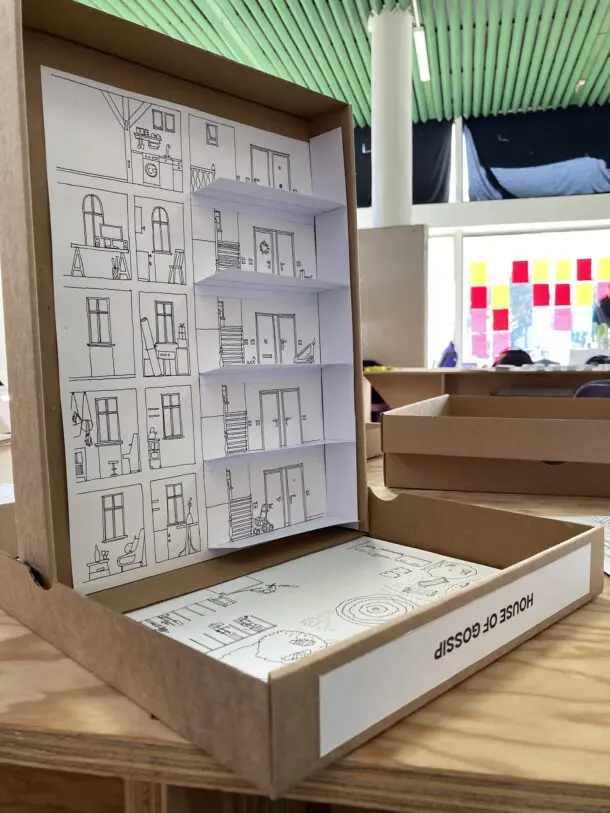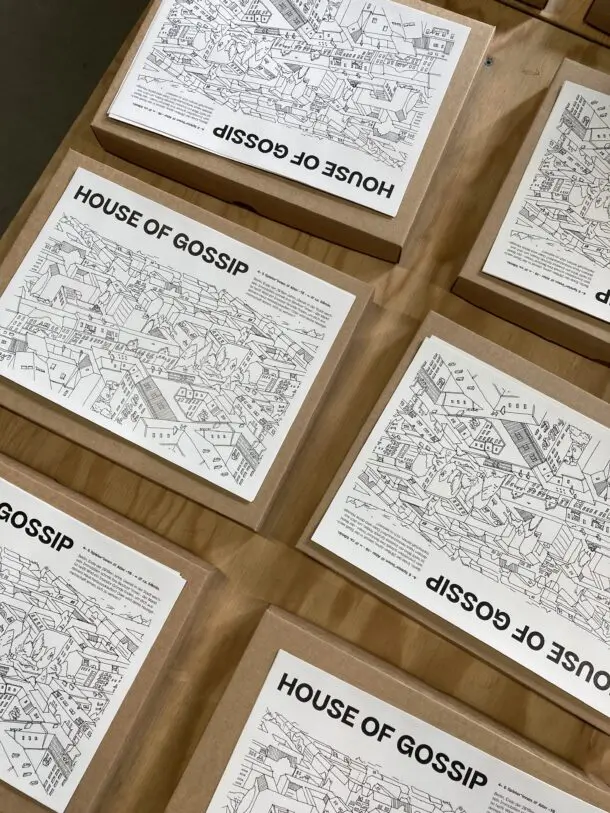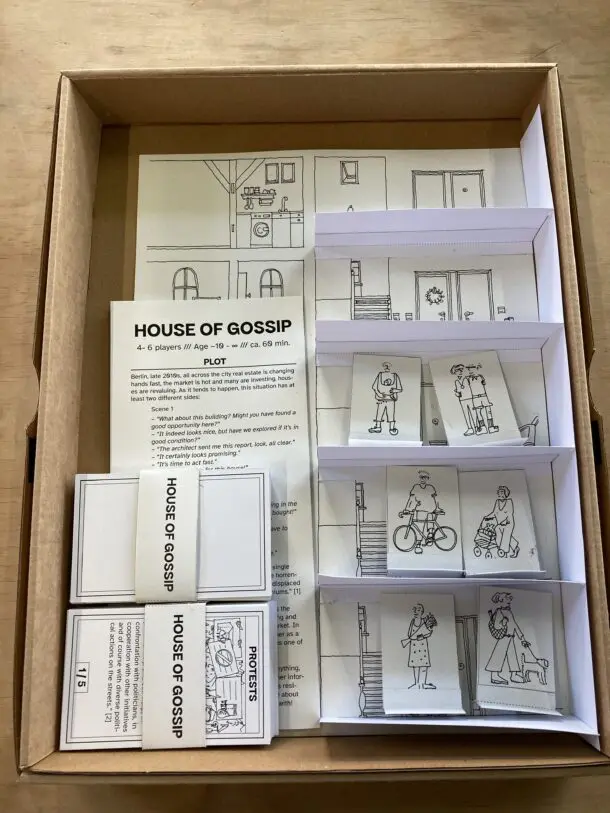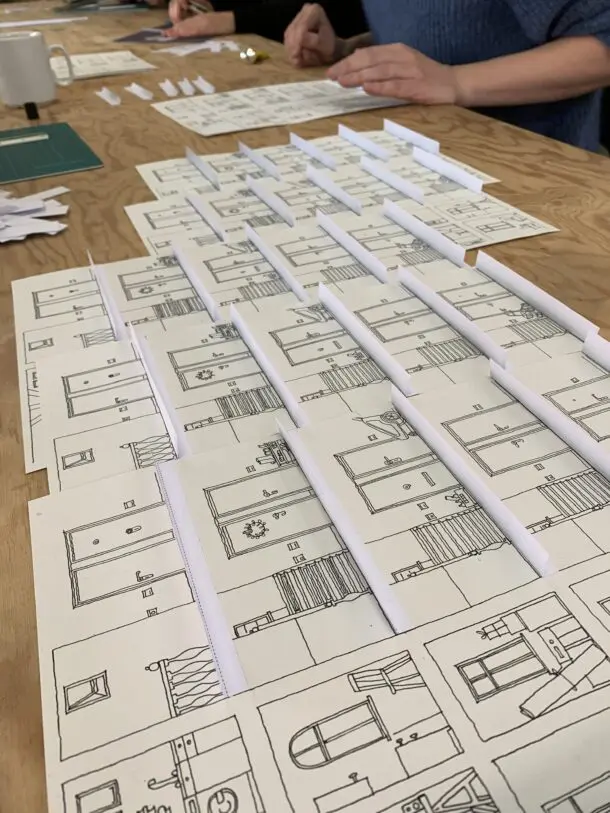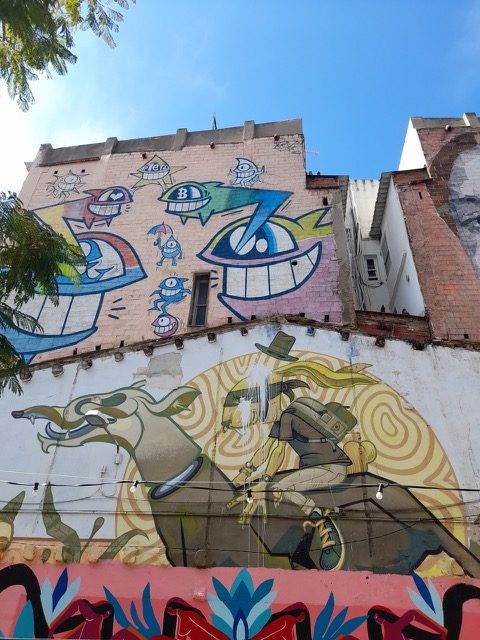
Edited by Patrick Bieler, Milena Bister and Tomás Criado
The recurrent everyday distress many of us live with in times of climate mutation seems to have unearthed a peculiar link that seemed long lost: between the mental and the environmental. More than a century ago, already Georg Simmel (1903) sought to discuss how a growing urban condition was making emerge new and unprecedented forms of mental life. He was far from being the only one concerned with how urban environments were affecting urban dwellers. In the last century, a plethora of experts of different kinds – architects, public health practitioners, social reformers, urban ecologists – have been trying to address urban milieus and atmospheres, so as to tackle a wide variety of environmental stressors, ranging from noises to air pollution, with green spaces and infrastructures becoming a central area of intervention deemed good ‘for the body and the mind’. In recent times, the green city movement is one prominent example of an increasingly recurring and intensified debate about the relevance of urban parks (Fitzgerald 2023).
One of the main features of the present environmental conditions is that things seem to be happening in distributed spatial formations that sometimes seem ‘all over the place.’ Interestingly, cultural studies of mental phenomena have for decades tried to dispute cognitive sciences’ abstruse interest in emplacing the mental in, say, the brain. For instance, Gregory Bateson (1971), drawing from cybernetic theory, notably attempted to ecologize the mind: the mental, thus, could thereon be conceptualized as a relational effect of the interaction of humans with their environments. In a famous example Bateson used, a blind person’s sense of touch was not just in their hand but also at the very tip of their cane, helping navigate the contours of a sidewalk. These attempts at ecologizing mental phenomena beyond the skin and the organism, have been considerably expanded recently by the work of another anthropologist, Tim Ingold (2000, 2011), who has proposed to move beyond a dualistic, binary understanding of mind and body by empirically focusing the relational co-constitution of organisms and environments in activities rather than stressing the embeddedness of an organism in a supposedly pre-existing environment.
Focusing on the processual emergence of both, organisms and environments, situating subjective, embodied experiences in their in-betweenness, overcoming the binary distinction of nature and nurture while refraining from biological as well as environmental determinism and particularly emphasizing how bodily processes are entangled with and permeated by environmental conditions resonates with recent interest of social science scholars in the production and phenomenology of atmospheres (Anderson 2009, Duff 2016, Winz 2018), the anthropological inquiry into biosocial relations (Ingold/Palsson 2013) as well as practice theoretical investigations on bodies as assemblages (Blackman, Mol 2002). Concepts such as “local biologies” (Lock 2001), “biological localities” (Fitzgerald et al. 2016), “health environment” (Seeberg et al. 2020) or “anthropo-zoo-genesis” (Despret 2004) have been proposed to describe the permeable entanglements of bodies and environments, the biological and the social (cf. Meloni et al. 2018).
Little attention, however, has been paid so far to the similarities and differences between the broader focus on biology/embodied experiences and ‘the mental’ – understood as ecological relationality – and the specificities of ‘the urban’ have only been slightly addressed in research with a particular focus on mental health questions (cf. Bister et al. 2016, Söderström 2019, Rose/Fitzgerald 2022). Paying attention to the mental in the environmental is not just important to address the convoluted sentiments we associate with ‘eco-anxiety’, but also to understand how the mind has been ecologized, in a different sense. For instance, notions of the mental are being everyday invoked to articulate many urban spaces: from the conventions of informal encounters that regulate how we greet to more infrastructural conditions such as, say, infographics (Halpern, 2018) in transportation systems. But, also, in an ecology of the mind so brutally dominated by psychopharmaceutical compounds (Rose 2018), how come we seldom discuss the environmental effects of drugs such as anxiolytics and antidepressants in our very cities?
This Special Issue wishes to articulate these interests and sensitivities through ethnographic inquiries that empirically ground connections between ‘mental’ phenomena and urban life. We want to ask: How might a biosocial agenda searching to ecologize the mind be relevant to discuss environmental conditions making dwellers feel, indeed, ‘all over the place’ as well? Conversely, what sort of environmental effects and relations are our ecologies of the mind producing? All in all, how can we imagine, describe, map and theorize the resulting ‘urban mentalities’ or ‘mentalistic cities’ without falling into the traps of idealism, holism, cultural essentialism and Cartesian dualism? What concepts, field devices and research designs might enable us to bring into dialogue experience-based approaches (cf. Söderström et al. 2016, Bieler et al. 2023, Dokumaci 2023, Bister 2023) with an inquiry of ecologies of expertise (Beck 2015) in which ‘mental experiences’ are taken up, translated, shaped and inscribed into the urban fabric?
We want to focus on ethnographic studies approaching dwellers attempting to render their habitats inhabitable, making emerge a wide variety of ecological relations between the mental and the environmental, be they regarding experiential matters, new or disrupted habits, conundrums in between the personal and the collective, the body and the infrastructural, and relations between humans and other-than-human beings. This is the research arena we wish to address as environ|mental urbanities, a denomination hopefully guiding us to grasp the sometimes elusive or ungraspable aspects of both mental and environmental practices and experiences in urban arenas. Hence pushing us to study how we can sense, describe and analyse what and how “bodies-in-action” (Niewöhner/Lock 2018) – or, more precisely: minds-and-environments-in-action, or environ-mental configurations – feel, touch, smell, navigate, encounter and thereby come into being (cf. Manning et al. 2022, Schillmeier 2023). Beyond the seemingly unmediated immersion of bodies in socio-material environments, environ|mental urbanities urge us to ethnographically inquire into the dynamic, shifting co-constitutive relations between subjective experiences, bodies, material environments, cultural practices, urban infrastructures, animals and other non-humans.
With more than half of the population of the planet now living in urban arenas of different kinds, but under the strain of daunting and unravelling environmental conditions, new urbanities seem to be developing that hold the mental and the environmental in tension. At a time when eco-anxieties are grabbing a hold of us, perhaps the time has come to re-analyse the environ-mental conditions of urban dwellers, and the role that the intertwinement of the mental and the environmental play in contemporary urban arenas. In this spirit, we invite contributions from anthropology, geography, sociology and adjacent disciplines which provide inspiring ethnographic case studies, tinkering and experimenting with methods and collaborative fieldwork and/or aim for situated concept work that allow to problematize ‘the environ|mental’ while simultaneously enriching our conceptualisation of ‘the urban’ beyond mere material or geographic locality and stage for cultural practices.
Deadline: Please submit abstracts of no more than 200 words, plus your institutional affiliation(s) and a short biography (a few lines) to patrick.bieler AT tum.de, milena.bister AT hu-berlin.de and tomcriado AT uoc.edu by April 29nd, 2024. If you have any questions, please write the three of us as well.
Process: We will notify acceptance by May 21st, 2024. Abstracts of the selected contributions will be proposed as a special issue to an international English-speaking multidisciplinary social sciences Journal. We aim for Open Access publishing. All contributors will meet online to pitch and discuss their abstracts in June 2024. First drafts will be discussed in a workshop in January 2025 (either in person or online). Final manuscripts will be due in March 2025.
